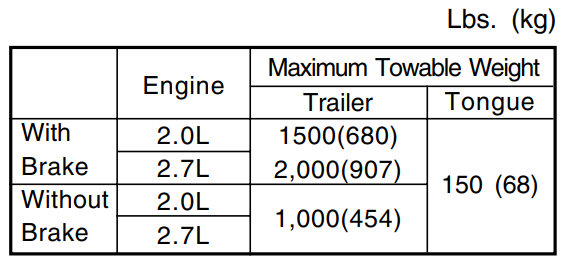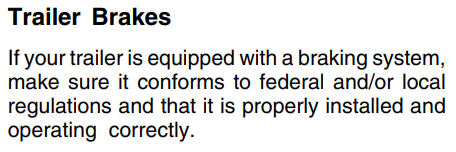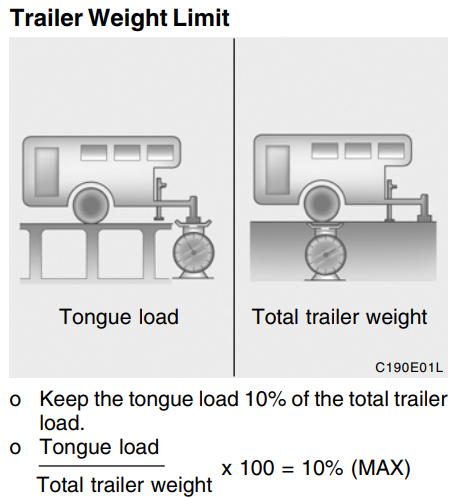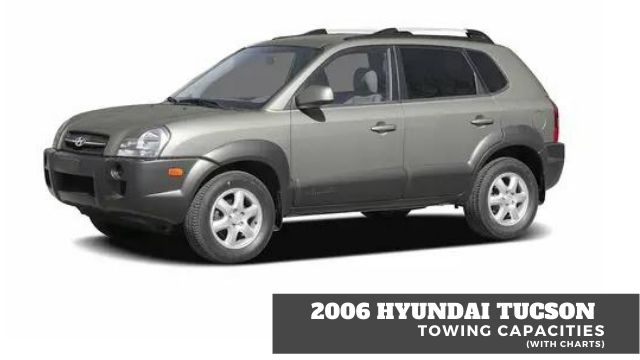The 2006 Hyundai Tucson was a lot like other early model Tucson's and in fact shared a lot of the same data and specifications when it came to their towing capacity and other specifics. These vehicles are much smaller than the Santa Fe and were only able to achieve a 2,000 lb maximum trailer weight rating, but some models were only able to achieve half of that, depending on what equipment they had installed.
In this article, I go over all of the variables for these vehicles and show you what equipment you needed to have installed on your SUV in order to achieve the highest maximum trailer weight rating possible.
Remember to read through your owner's manual to get familiar with your vehicle and that you follow all of Hyundai's recommendations when it comes to towing or anything else regarding your vehicle.
Overall Capacity: The overall towing capacity for the 2006 Hyundai Tucson's ranged from 1,000-2,000 lbs. and was only dependent upon the engine that you had equipped in your SUV and then whether or not your trailer had brakes equipped.
The Tow Chart:
The chart for the 2006 Hyundai Tucson didn't really have much in the way of data, as you can see from the screenshot I took below and the primary reason for that is because there weren't many variables for these vehicles.
The only variables were the engine options, which there were only two in this case and whether your trailer had a braking system equipped. That is why we have the two separate rows that are labeled "with brake" and "without brake" in the chart.

Comparing The Data:
By Trim Level: When looking at the different trim levels for these vehicles I was able to find three different variations which I listed below and I wanted to break down their maximum trailer weight rating capacity ranges according to each trim level. I looked at what trim level came with what engine option and that's how I got the data that you see.
- GL: 1,000-1,500 lbs.
- GLS: 1,000-2,000 lbs.
- Limited: 1,000-2,000 lbs.
By Engine Options: I also wanted to look at the data for each engine that was available, in order to break down the data even further, which I think is important for comparison reasons and I think a lot of people would like to see the information anyways. The two engines were pretty similar when it came to the specs, but the 2.7 L engine had a 500-pound advantage over the 2.0 liter engine, when I came to the high end of the capacity range.
- 2.0L: 1,000-1,500 lbs.
- 2.7L: 1,000-2,000 lbs.
Other Important Information...
I was also able to find a couple more pieces of information that are related to towing, when it comes to these vehicles and these two topics revolve around trailer brakes and then the tongue load weight rating that Hyundai recommends.
As far as trailer brakes go, there wasn't a whole lot of information other than what you see shown in the first image below and it basically states that your trailer brakes need to comply with Federal and local regulations and that's about it.
As far as the tongue load weight rating goes, Hyundai recommends a 10% tongue load on your vehicle and that 10% should be the total weight of the trailer and all of the cargo in the trailer.


A Few Helpful Links:
All the information in this article only came from a couple of different resources, but there wasn't a whole lot of information on these vehicles when it came to pulling a trailer, compared to some other vehicles out there.
Most of the information you see in this article came directly from the owner's manual and I was not able to find a brochure for these specific model years, but I was able to use another website that listed the trim levels and what options came with those trim levels so I was able to complete my research.
- 2006 Tucson Owner's Manual
- 2006 Brochure
- cars.com (trim level options)
